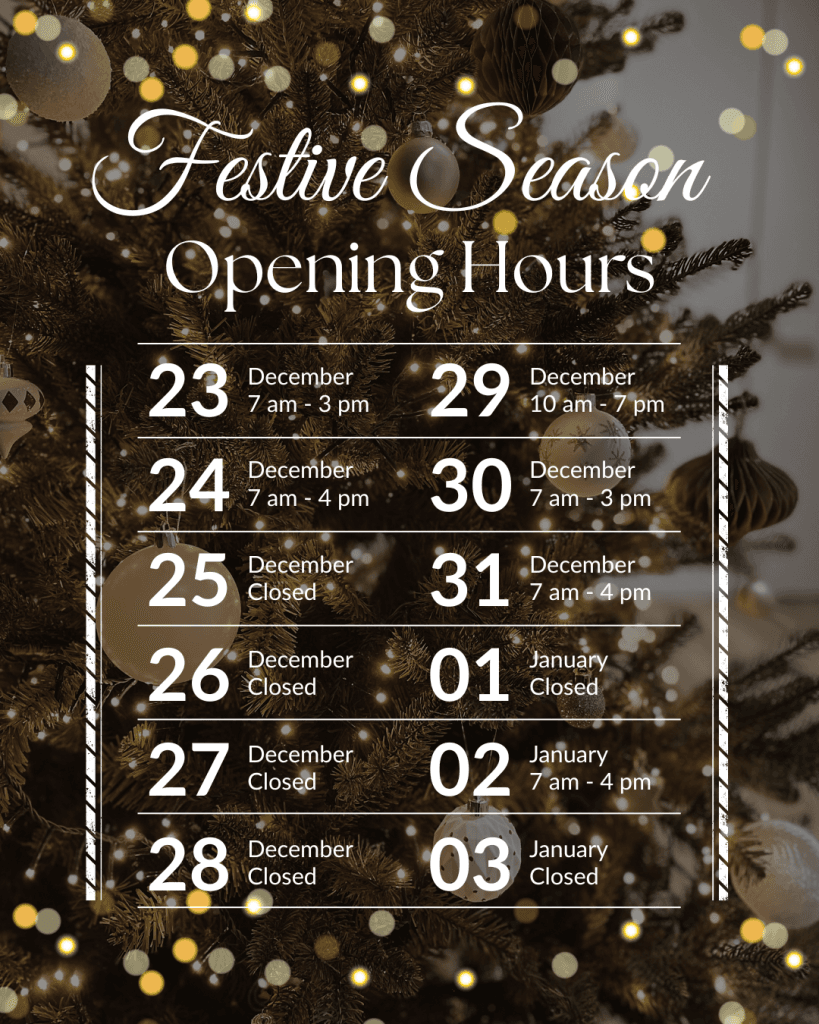[vc_row][vc_column][vc_column_text][/vc_column_text][/vc_column][/vc_row][vc_row][vc_column][vc_column_text]Hi guys, Ashley here!
It has been a big few months and with recreational sport on the horizon, I think it’s appropriate we leave the “Ask a Physio” questions for now (keep sending those questions in!) and instead move onto injury prevention.
Unfortunately, we aren’t able to stop all injuries, but there are many pains (Achilles, kneecap and hip pain, ligament tears and stress fractures) that can be prevented through the right exercises and proper planning!
With sports closing down and gyms unable to open, it is likely that our exercise programs have gone into three categories ;
1. Keeping up with our regular routine (running like our gun Physiotherapist Amy!)
2. Starting a new exercise program (brushing the cob-webs off the bike or getting into online Pilates or Yoga)
3. Or taking a well-deserved extended break (guilty!).
It’s important that when we work into a new program, especially from a period of rest, we progress slowly and master the basics.
Our body and physiology is similar to inertia – things in motion tend to continue in motion, and things at rest tend to stay at rest. If we apply a stimulus to our body, our body undergoes changes to make us more adapt at the demands of the stimulus, such as if we run, our leg muscles get stronger, our body uses oxygen more efficiently and even our breathing becomes more efficient.
If we move heavy weights repetitively, our muscles not only become stronger, they increase in size and even our nervous system learns the patterns to strengthen us further (Bogdanis 2012). By not being able to apply these stimuli, unfortunately our body reverts to its previous level of conditioning and combined with aging can become more deconditioned.
This means that if we are not running, lifting weights or practicing skills, we lose our proficiency in these tasks, muscle size decrease and this can lead to strains, sprains and even reduce bone density leading to stress fractures (Romani et al 2002)!
The good news is we don’t need a gym, as our body doesn’t know the difference between a weight and “resistance” – gravity’s effect on our body, or the pull of a resistance band or spring. This means even without heavy weights, we can use our body weight, light weights or resistance bands to stress our muscles, ligaments and bones to prevent injuries.
In the clinic, we use our stationary bike, pilates reformer, cable machine, dumbbells and steps to continue to condition our clients to rehabilitate their pain and injuries and progress towards returning to perform.
Unfortunately, the other main ingredient in deconditioning is time – our body generally takes longer to adapt to the changes than it does to “lose” these adaptations, so it is important to progress slowly, and get the proper nutrition and sleep (see Daniel’s fantastic previous blog).
At Mundaring & Hills Physiotherapy we have a running guru in Amy and I ama level 1 ASCA Strength and Conditioning coach who can help plan, progress and tailor your exercise as appropriate.
To start you off I recorded 4 challenges released over the month of May, every Monday to test out your conditioning with minimal equipment! Give them a try, and let us know how you go!
Here they are :
Challenge 1
Challenge 2
Challenge 3
Challenge 4
If you need help rehabilitating from an injury, or getting ready to get back to normal, send us a message.
Above all, stay well and we look forward to sports returning!
[/vc_column_text][vc_column_text]___
References :
Bogdanis G. C. (2012). Effects of physical activity and inactivity on muscle fatigue. Frontiers in physiology, 3, 142. https://doi.org/10.3389/fphys.2012.00142
Romani, W. A., Gieck, J. H., Perrin, D. H., Saliba, E. N., & Kahler, D. M. (2002). Mechanisms and management of stress fractures in physically active persons. Journal of athletic training, 37(3), 306–314. [/vc_column_text][/vc_column][/vc_row][vc_row][vc_column][vc_separator][/vc_column][/vc_row][vc_row el_class=”colored animate” el_id=”our-team”][vc_column width=”1/4″][vc_single_image image=”2580″ img_size=”large”][/vc_column][vc_column width=”3/4″][ultimate_spacer height=”0″ height_on_mob_landscape=”15″ height_on_mob=”15″][porto_ultimate_heading main_heading=”Ashley Flynn” alignment=”left”]Physiotherapist[/porto_ultimate_heading][vc_column_text]Ashley Flynn
Physiotherapist
APA Member
ASCA Level 1 Strength and Conditioning Coach
DMA level 2 pilates trained[/vc_column_text][/vc_column][/vc_row][vc_row][vc_column][/vc_column][/vc_row]


